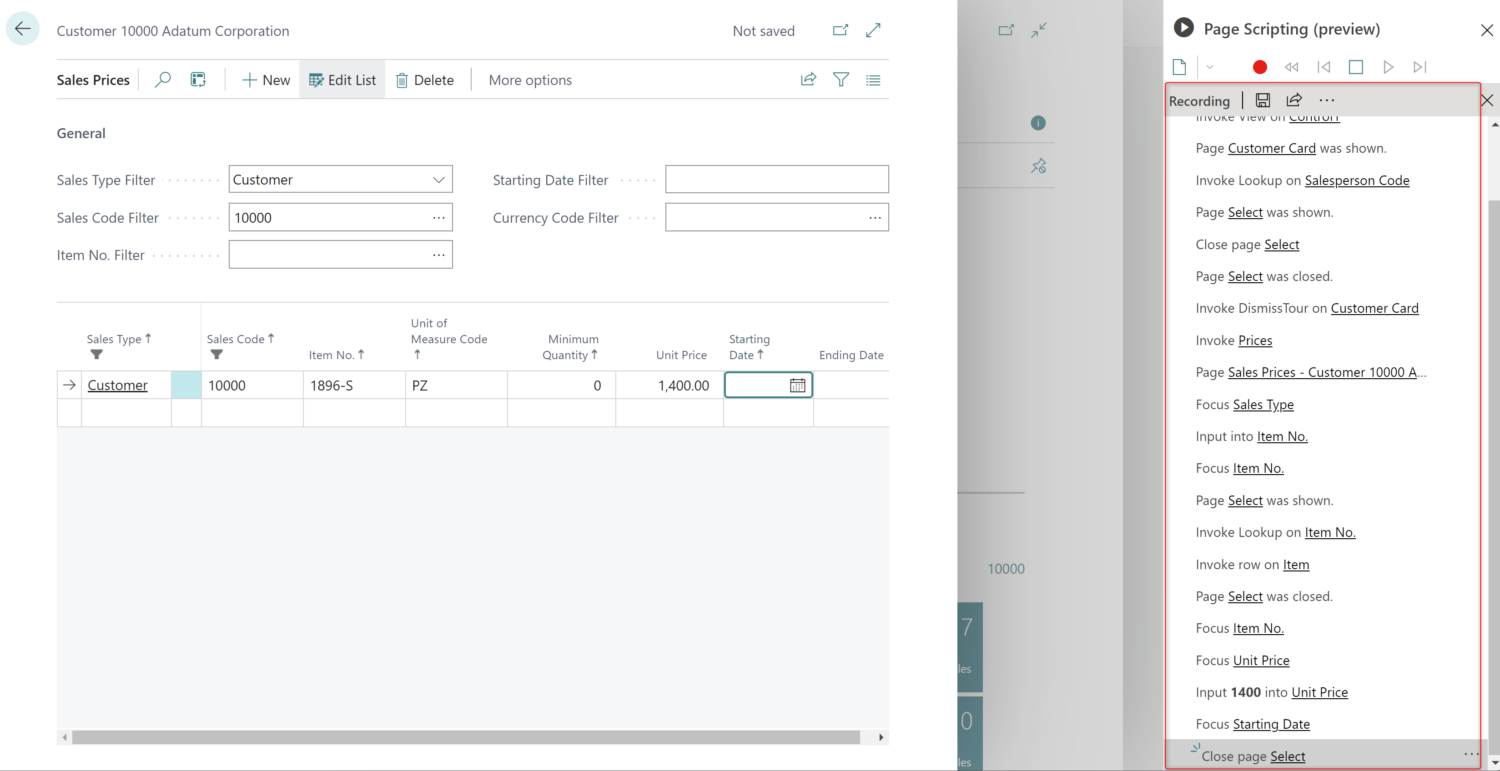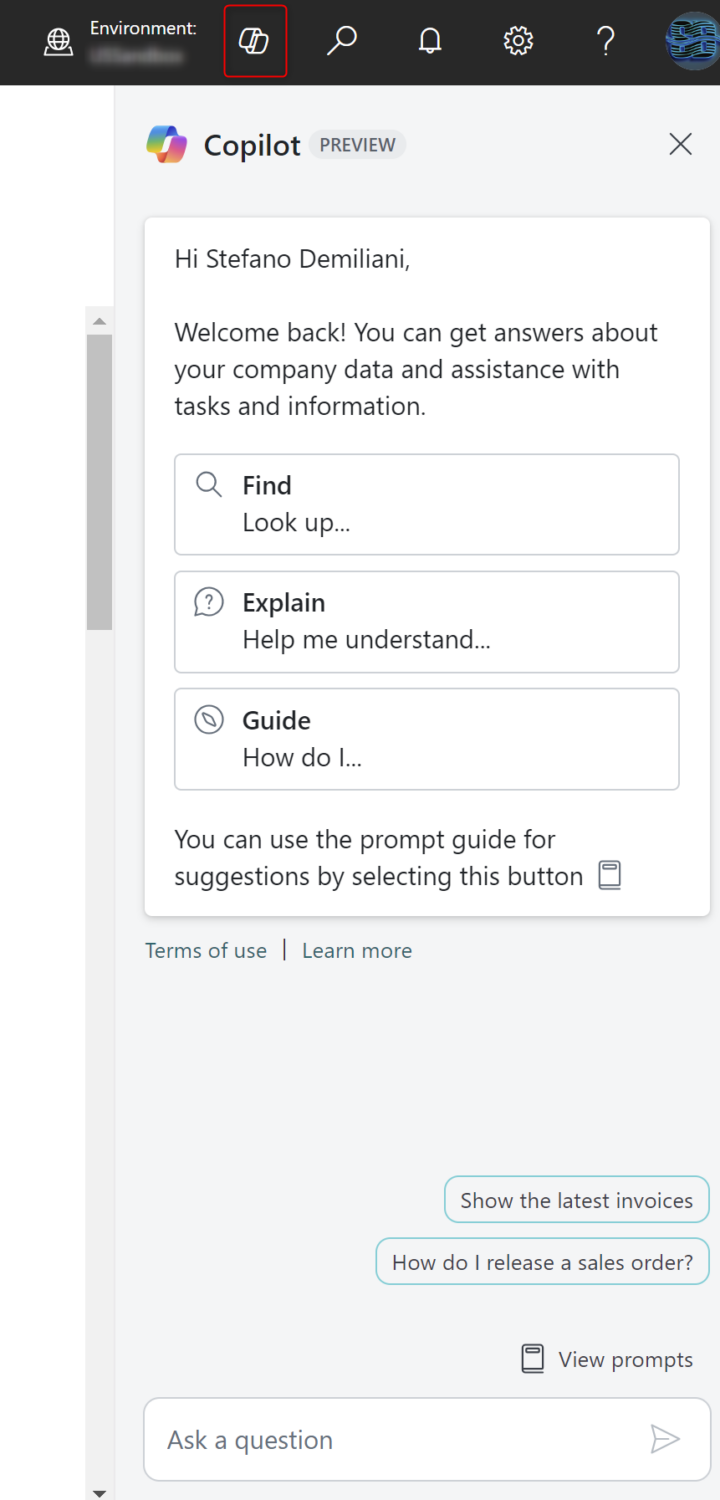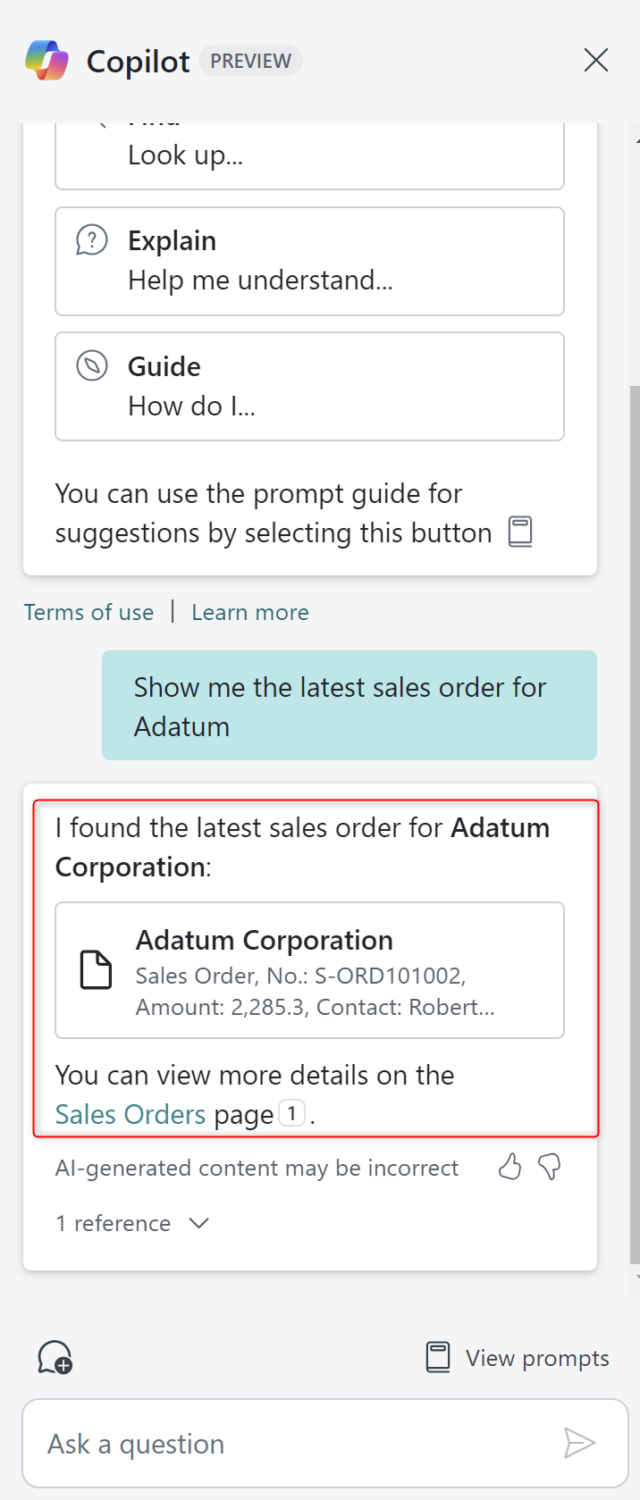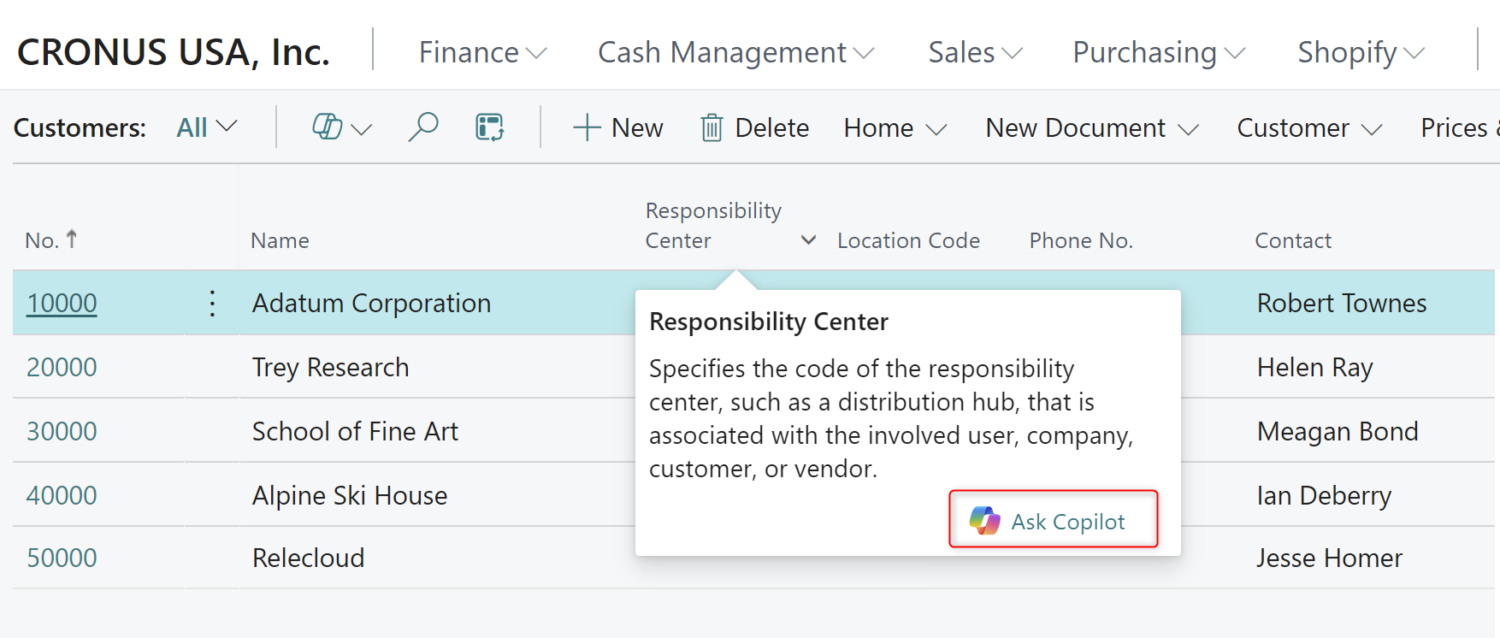April is always the month for a new major release of Dynamics 365 Business Central. Starting from the first week of April, all new Business Central SaaS customers started with the new 2024 Wave 1 release (version 24), and existing customers have updates in progress these days.
The Dynamics 365 Business Central 2024 wave 1 release introduces many new features in different areas. To learn every detail, I encourage you to check the recording of my “Dynamics 365 Business Central 2024 wave 1 What’s new” webcast, which was done with Simplanova (the link to watch is here).
This is a great momentum for Dynamics 365 Business Central, probably the hottest ERP in the last years. Also, IDC named Business Central as a leader in the ERP marketscape, you can read their report here (the report is a lot US-based but gives a sign): https://aka.ms/IDC2024
In this post, I want to emphasize some important aspects of the new release. First of all, the new release has a hidden change in the server platform: now Dynamics 365 Business Central 2024 wave 1 server (NST) runs on .NET 8, which means more performance on code execution and memory management at the server level.
Along with the new .NET 8 runtime, a change in server management is also coming. With Dynamics 365 Business Central 2024 Wave 1 release, Microsoft is moving the management shell to Powershell 7, and you should start using this new Powershell version for administering your on-premises installations.
Dynamics 365 Business Central 2024 wave 1 release improves a lot also the entire server stack, with important improvements on the OData stack and incoming web service requests.
Before v24, for OData loading, the server would send two SQL queries if more than 50 records were requested and more than 50 records existed. It also reads 50 records even when only a single result is needed.
Now the server uses FindFirst for reading 1 single record, Find for 2 to 50 records and FindSet for more than 50 records, resulting in a more efficient data access.
Before v24, incoming web service requests were queued according to a per-tenant limit. With version 24, we now have a per-user queue for web service requests, resulting in a higher throughput for environments based on the number of users. One user cannot block other web service calls for the environment.
I personally love all the investments in the backend performances because having a fast ERP is probably the first thing that customers want. But remember that the platform can be the fastest ever, but gains will not be so visible if the code is not designed for performance.
Also, the cloud migration tool (useful to migrate data from an on-premise installation to the cloud) was silently improved a lot. The Cloud Migration service now uses parallel copy for the large tables when migrating from NAV/BC to the cloud.
Depending on the resources available for the on-premise SQL Server, or the service tier of the source Azure SQL database, the copy can now be up to 20 times faster. The benefit is especially noticeable for large cloud migrations.
For the existing environments that enabled Cloud Migration earlier, Cloud Migration Setup has to be completed again for the changes to take effect. Please also note that this new feature is available for all versions (not only for migrations to v24).
Dynamics 365 Business Central 2024 Wave 1 release introduces the first official appearance of the Business Foundation layer, a horizontal ERP-related functionality used by all or none of the application domains:

This new layer is built as modules (the same principle as the System Application), sits between the System Application and the Base Application, is developed with zero warnings and no breaking changes, and will not be localized. Inside this new module, you will find the new No. Series Management functionalities. Please check the new way to assign number series and act accordingly.
In order to help achieve better separation of concerns in large apps (Microsoft and partners), Dynamics 365 Business Central version 24 also introduces the following changes to AL extensions development:
- Extensions can now exist in the same app as their target.
- Multiple extensions to the same target can exist in the same app.
For more information about this topic, I recommend checking this post.
Another quite important (but probably hidden to many end users) addition in version 24 is the new Page scripting tool. This is a preview of a powerful tool.

This tool is born with the initial idea to permit to easily record and replay user acceptance tests directly in the Business Central web client. The page scripting tool in the Business Central web client (born from the Playwright concept) allows you to record your actions, such as opening pages or entering data, and replay them. You can save the recording and share it with others for future playback.
For more information about how to use this tool, I recommend checking this post.
Copilot & AI Capabilities in Dynamics 365 Business Central version 24
However, the most emphasized feature in Dynamics 365 Business Central version 24 is probably the AI and Copilot integration. Microsoft is working a lot on pushing AI features into the product, and this new release comes with a set of new AI features:
- E-document matching with Copilot
- Bank account reconciliation with Copilot
- Sales Lines suggestions with Copilot
- Analyze a list with Copilot
- Copilot Chat

I want to spend some words here about probably the most important AI feature in V24: the Copilot Chat. The Copilot Chat (currently in preview) is an integrated AI chat that you can call from every page in the client simply by clicking the Copilot icon:

The Copilot Chat can help you on:
- Quickly find and go to your data by expressing what you’re looking for in natural language. Locate pages by name or one or more records based on their fields and constraints. For example, tell Copilot: “Show me the latest sales order for Adatum.”
- Explain and guide to learn about Business Central concepts or how to accomplish tasks, based on Business Central’s extensive online documentation. For example, ask Copilot: “How do I save my list filters so that I can use them again later?“
Answers from Copilot Chat can be navigated to the original record:

The Copilot Chat can also help explain fields on pages:
Giving users a nice way to have immediate help:

Copilot Chat talks with a Microsoft-owned instance of Azure OpenAI.
Please note that:
- This feature is available as a production-ready preview for production and sandbox environments in any country localization, except Canada.
- Copilot Chat is currently available only in English, so make sure your user language is set to English in My Settings.
- Copilot Chat cannot be customized or extended at the moment.
- Copilot Chat can find records from custom objects.
- Copilot Chat cannot give you answers from custom knowledge sources.
As a partner, you can enrich Dynamics 365 Business Central solutions with AI capabilities by using your own Azure OpenAI instance and the integrated AL Copilot toolkit. But you can do more than that, and I plan to show that at upcoming events around Europe.
Conclusion
In the future, Microsoft is planning to introduce the possibility of having Microsoft-managed AI resources, something like a single AI resource consumption unit/currency (AI credit) that will be convertible to various consumption units of supported AI resources. This will assist customers in budgeting and controlling their AI resource consumption and standardizing resource governance concepts/measures. A managed and shared AI resource capability is currently planned for a preview in the 25.x release, with general availability later on.
Dynamics 365 Business Central is always more of an AI ERP, and investments for the next wave will be huge. Stay tuned for more on this.